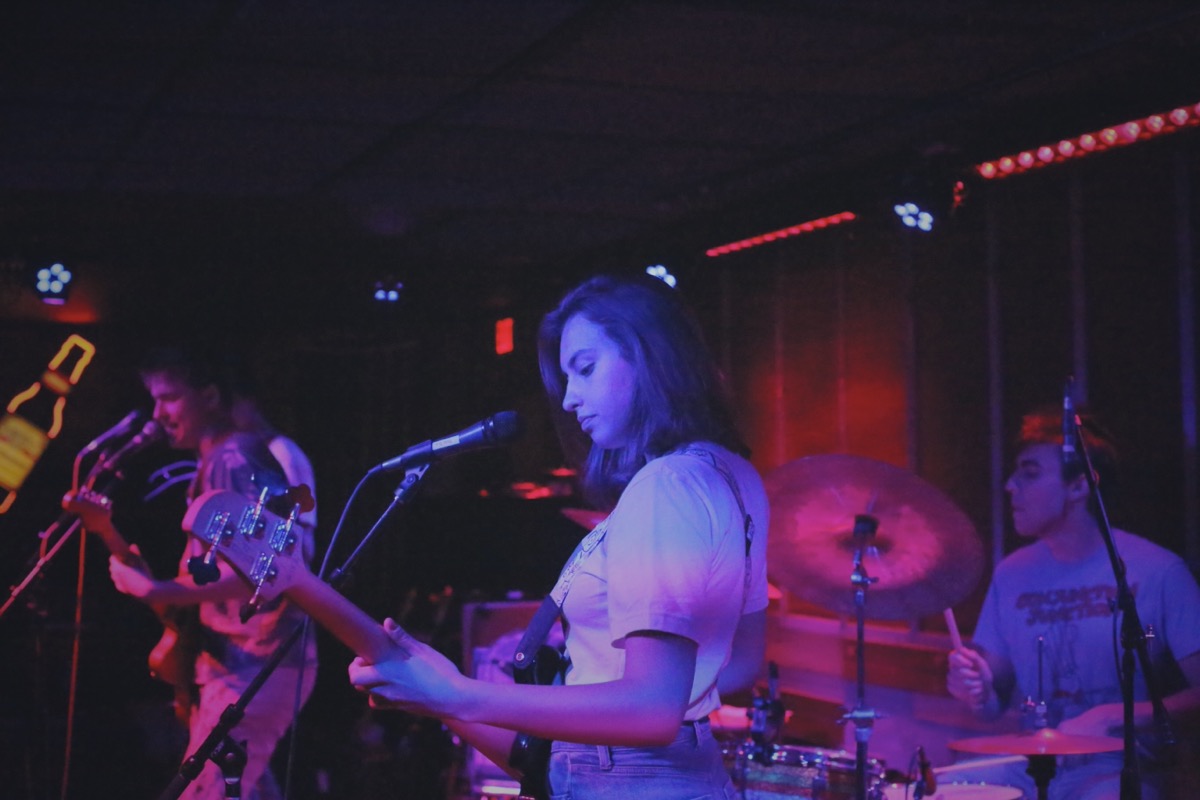In 2018, we wrote about the death of active music venues in Champaign, a few years after the beloved Mike N Molly’s shuttered. When MNM’s closed, many were devastated by the loss, which was just one of several spaces that closed around that time. It marked a turning point in the cultural landscape of not just that area of town, but also what it meant to operate a small or medium-sized performance space.
Exacerbated by the pandemic, the challenges of operating any arts-based business became clearer. We all wanted unique spaces like MNM’s to continue on, including The Art Theater, a treasure that sadly seems quite unlikely to be resurrected, based on its current owner’s demands and the costs of operating such a space. While we recognize the Art Theater is an entirely different discussion in a lot of ways, it is worth it to mention the void left by its closure.
Champaign-Urbana is home to a wide variety of talents and artists who have soldiered on to find other places to do what they do: perform, entertain, make experiences. As we officially move away from the restrictions of the COVID-19 pandemic, we thought it would be a good opportunity to assess the state of venues in our twin cities.
It has taken years to find new homes for music, theater, and other forms of performing arts. Simply put: We needed small stages to re-emerge, and we will continue to need small and medium-sized rooms to open in order to continue to support our community of creators and artists. Those spaces are incredibly challenging to make work in this economy, but we’re seeing it happen in our community.
In Downtown Champaign, The Space’s small stage is up and running. The restaurant-venue is hedging its bets by building up a consumer base who knows they can grab a delicious burger and a cold beverage, and yeah, perhaps see a show if they want from time to time. The Space required a lot of sweat equity to even exist. Doug Hodge and Ian Nutting, the Weird Meat Boyz, were slinging hot sauce and partnering with Collective Pour before taking over a location all their own. It’s unlikely that similar venues will open up Downtown Champaign anytime soon. It is pretty exciting that they’re doing the work, and it is needed and appreciated.
In Downtown Urbana, Rose Bowl Tavern is the most active room these days. Being another small-ish room, with stages inside and out, it hosts live music seven days a week, often featuring several shows a day. Their model is also hybrid, considering most of their shows are donation-based, revenue is mostly generated from bar sales and the generosity of patrons to throw $10 or $20 in the bucket for the musicians. We’ve seen Rose Bowl carve out their space, and it appears to be working. In some ways, it is the new MNM’s, but, you know, Urbana-style.
We’re still in the post-COVID rebuilding phase, and with that comes so much opportunity to continue to shape our community. Just speaking in regards to the area near Downtown Urbana, here are a few additional examples. The Independent Media Center has a new stage, though it has been an established venue for some time, the investment in its infrastructure is vital. Channing Murray Foundation’s space is there for people to use, hosting shows here and there. Gallery Art Bar is opening sometime in the near future out of the ashes of NOLA’s with a new concept that is worth applauding. There’s work being done to renovate the former Iron Post. Mind you, this list isn’t even remotely exhaustive; there are other viable spaces that exist in C-U, and on the outskirts, like Tolono’s Loose Cobra. We won’t go as far to call it an “Urbanaissance,” but we like where things are going, and hope to see it continue to move in this direction.
Sure, there isn’t a larger room in either downtown, save The Virginia Theatre, but we don’t really need such a thing with Krannert Center for the Performing Arts and the Canopy Club (which turned 25 this year) continuing to bolster the higher-capacity needs, alongside the macro-stage at State Farm Center.
It takes a lot of time, energy — and most importantly, money — to make these things work. It takes a ton of community support for spaces to simply exist; it’s even more to support them toward excelling and growing. Anyone continuing to give their energy to this part of our cultural sphere deserves our admiration and encouragement. It definitely helps to build excitement and enthusiasm, because that energy is contagious.
We’re certainly proud of what we have. Perhaps one of the best parts of looking toward the future and knowing things are on the rise is the idea that anyone and everyone can be a part of it. Of course, there are challenges with regards to building truly inclusive spaces, with particular attention on socioeconomic divides, racial and gender inclusivity, as well as accessibility. Last week, for instance, we wrote about how there’s still no queer performance space in C-U. We can’t solve all of our problems all at once, but it helps to acknowledge our shortcomings with the intention of doing better.
In the end, supporting small stages means patronizing the venues. Buy a drink, grab a piece of merch from a band, snag an advance ticket if there is an option, or simply share a show flier on your social media. We believe a little goes a long way and we’re excited to see what the future holds.
The Editorial Board is Jessica Hammie, Julie McClure, Patrick Singer, and Mara Thacker.








